Ruvimbo Chipazi
Donor Relations Officer, Dalhousie University
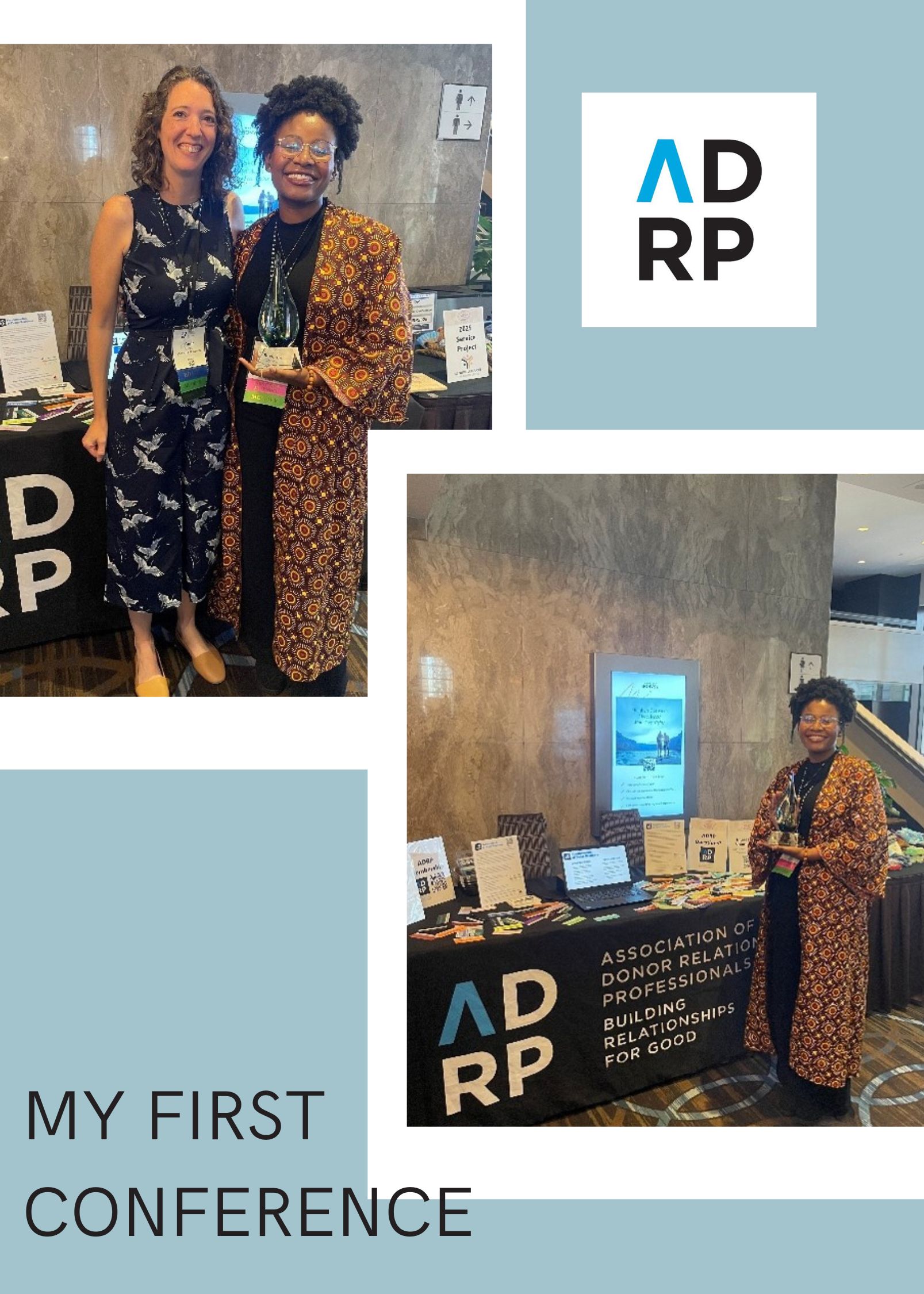
Ruvimbo Chipazi
Donor Relations Officer, Dalhousie University

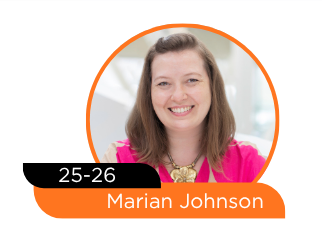
Marian Johnson
2025-2026 President
A toast of thanks …
Earlier this month, we celebrated Thanksgiving here in Canada, and I spent it with three generations of family – some born into it and others found over the years – but all intentionally connected. It was a weekend filled with fun, food, and laughter, and moments of gratitude for the people who show up, the stories that connect us, and the traditions we build together.
It reminded me that family often extends far beyond our homes. Sometimes, it’s the people we choose to gather with – the communities we intentionally create – that shape and sustain us most. In many ways, that’s what ADRP feels like to me. We come together from across the sector and across geographies, with different experiences, cultures, and roles, but united by shared purpose and passion.
Since the conference, I’ve loved seeing members celebrate connections new and old, shout out to those who inspire us (and those we wish to grow up to be), and share sparks of inspiration and ideas already in action – with ADRP at the heart of so many of those stories.
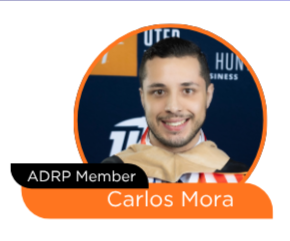 Carlos Mora
Carlos Mora
Marketing Manager, FundMiner
Background Info:
1. Can you tell us about your career trajectory? How did you come into donor relations as a career?
My journey into donor relations started as a student, when I saw firsthand how a scholarship can change a life. That experience stayed with me, and now at FundMiner, a company dedicated to simplifying fund management and supporting donor intent, I use my skills in marketing, storytelling, and design to create materials that help donor relations professionals steward donors better.
2. What influenced your interest in and passion for donor relations?
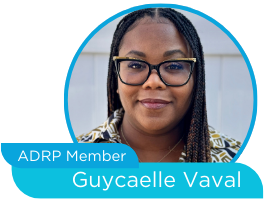 Guycaelle Vaval
Guycaelle Vaval
Background Info:
1. Can you tell us about your career trajectory? How did you come into donor relations as a career?
Connection to ADRP:
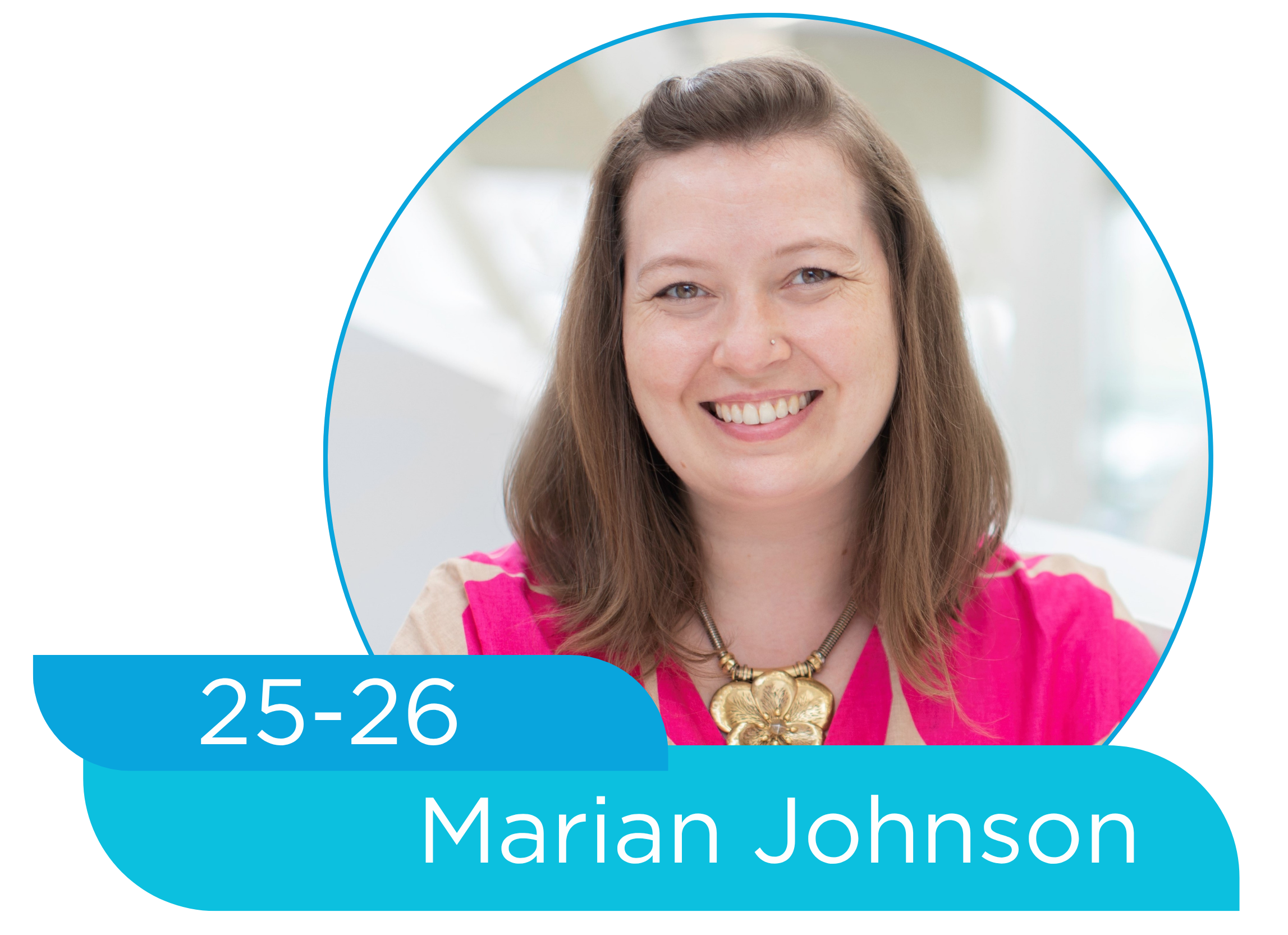 Marian Johnson
Marian Johnson
2025-2026 President
Bucknell's six-person team, led by Jessica Owens Pastuszek, knew something was broken when her stewardship team spent more time chasing paperwork than stewarding donors.
Fifty hours per reporting cycle just following up on missing content. Hundreds of Google docs scattered across email threads. Three different spreadsheets to track basic progress. Character limits that forced them to cut the most compelling impact details.
One year later? They delivered 1,520 personalized reports 2.5 months early while saving 500 hours of work time.
Before Mythos, Bucknell's annual reporting process consumed enormous amounts of staff time on administrative tasks rather than strategic stewardship work. Jessica's team was drowning. But what if this chaos could be transformed into streamlined efficiency in just one reporting cycle?
 Marian Johnson
Marian Johnson
2025-2026 President
Hello ADRP friends!
The countdown is on! In just a few weeks, we’ll be together in Montréal for ADRP’s 2025 International Conference. As your president and a proud Canadian, I could not be more excited to welcome you to this incredible city for three days of learning, sharing, and making connections that last well beyond the conference.
This special edition of The Hub is your sneak peek at what’s in store. From innovative sessions and inspiring keynotes to new voices and seasoned leaders, our program is packed with ideas you can take home and put into action. And just as important, you’ll have the chance to spend time with colleagues who understand and share your passion for donor relations.
Whether you’re joining us for the very first time or returning for another amazing year, Montréal is ready for you. I can’t wait to see you there!
Cheers,
Marian
If you’re not already planning to explore Montréal beyond the conference, we urge you to reconsider! This city is bursting with charm, culture, and adventure. From its world-class art and lively festivals to hidden green spaces and a mouth-watering food scene, Montréal has something for everyone. Check out the printable guide to help plan your trip!
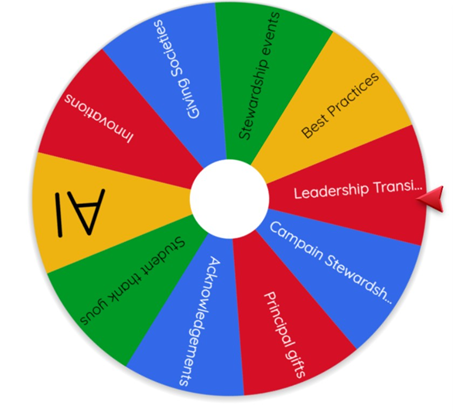 Nobody does experience planning like a donor relations professional. This year’s international conference is no exception. Get ready!
Nobody does experience planning like a donor relations professional. This year’s international conference is no exception. Get ready!
As we prepare to gather in Montréal for ADRP’s International Conference, we invite you to begin your journey with a special message from the dedicated volunteer leaders who have shaped this year’s conference.
P.S. Do you have questions about this year’s conference? Submit them online and we’ll share our answers in the Know Before You Go section of the conference website.
Here’s a fun activity to fill your time while flying to Montréal or taking a self-care break. Print our custom crossword puzzle to learn about your conference committee and some fun Montréal facts. For a list of the core conference committee volunteers please visit the conference website.
Holden Scheidel
Ex Officio, ADRP Board of Directors
Co-Chair, ADRP Education Committee
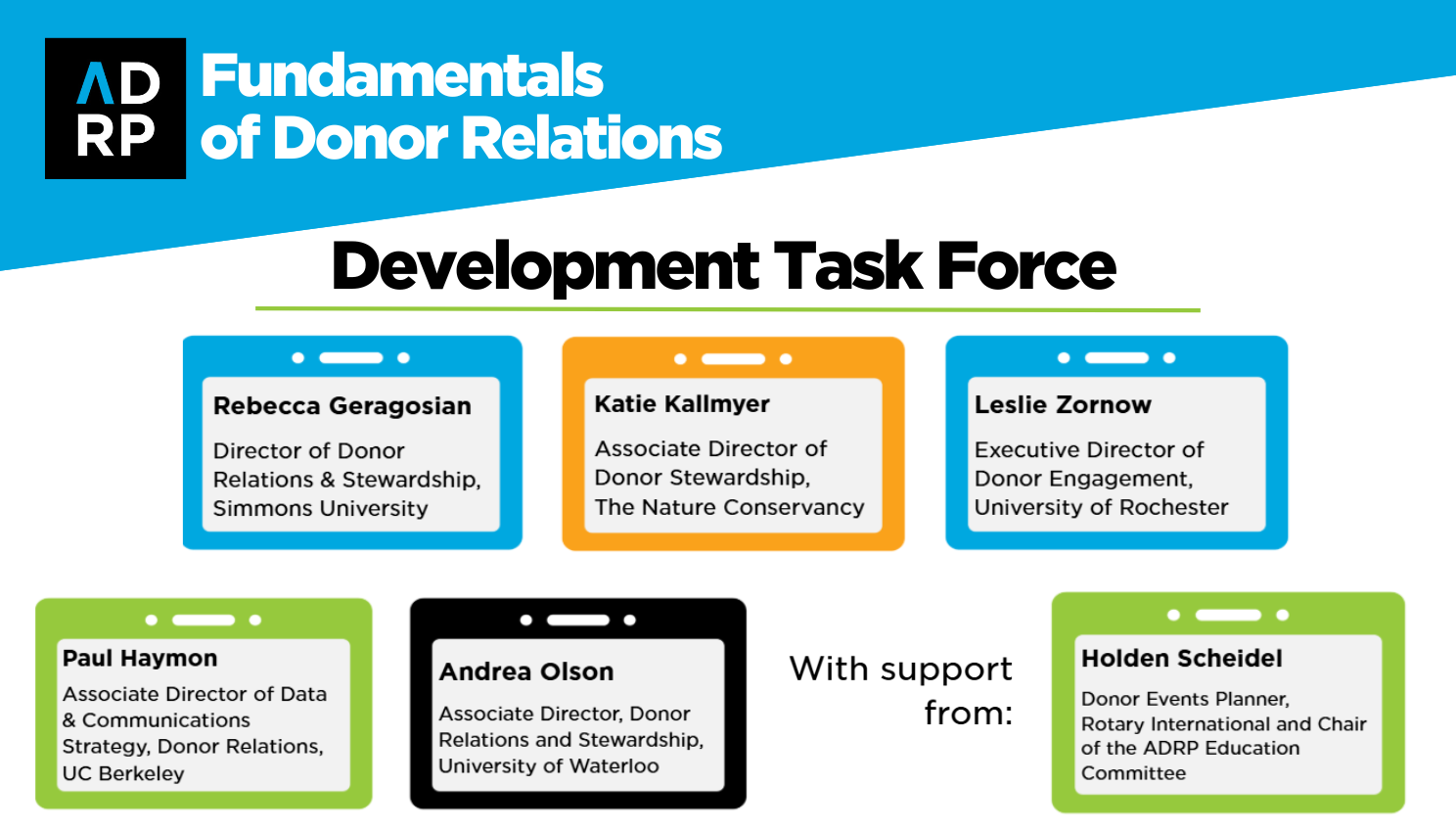
 Marian Johnson
Marian Johnson
2025-2026 ADRP President
Happy July, friends!
Summer always invites a different rhythm. Even if the calendar stays busy, there’s something about longer days, warmer nights, and quiet moments outdoors that calls us to pause, play, reflect, and breathe a little deeper.
In a profession where we care deeply for others—our donors, teams, institutions, and causes—summer is a gentle reminder to care for ourselves, too. It’s a chance to step back, reset, and reconnect with curiosity and joy. What’s one small way you can give yourself space this month to pause or reflect? Maybe it’s finishing a book just for fun, wandering without a destination, catching up with a friend, or simply sitting still long enough to notice something beautiful.
Pay attention to the moments that light you up. They are often the quiet reminders of why our work matters. If you have a favorite summer reset ritual, I’d love to hear it! Feel free to share it with me by email at [email protected] or connect with me on LinkedIn. Let’s inspire each other with the ways we’re making space to rest and recharge.
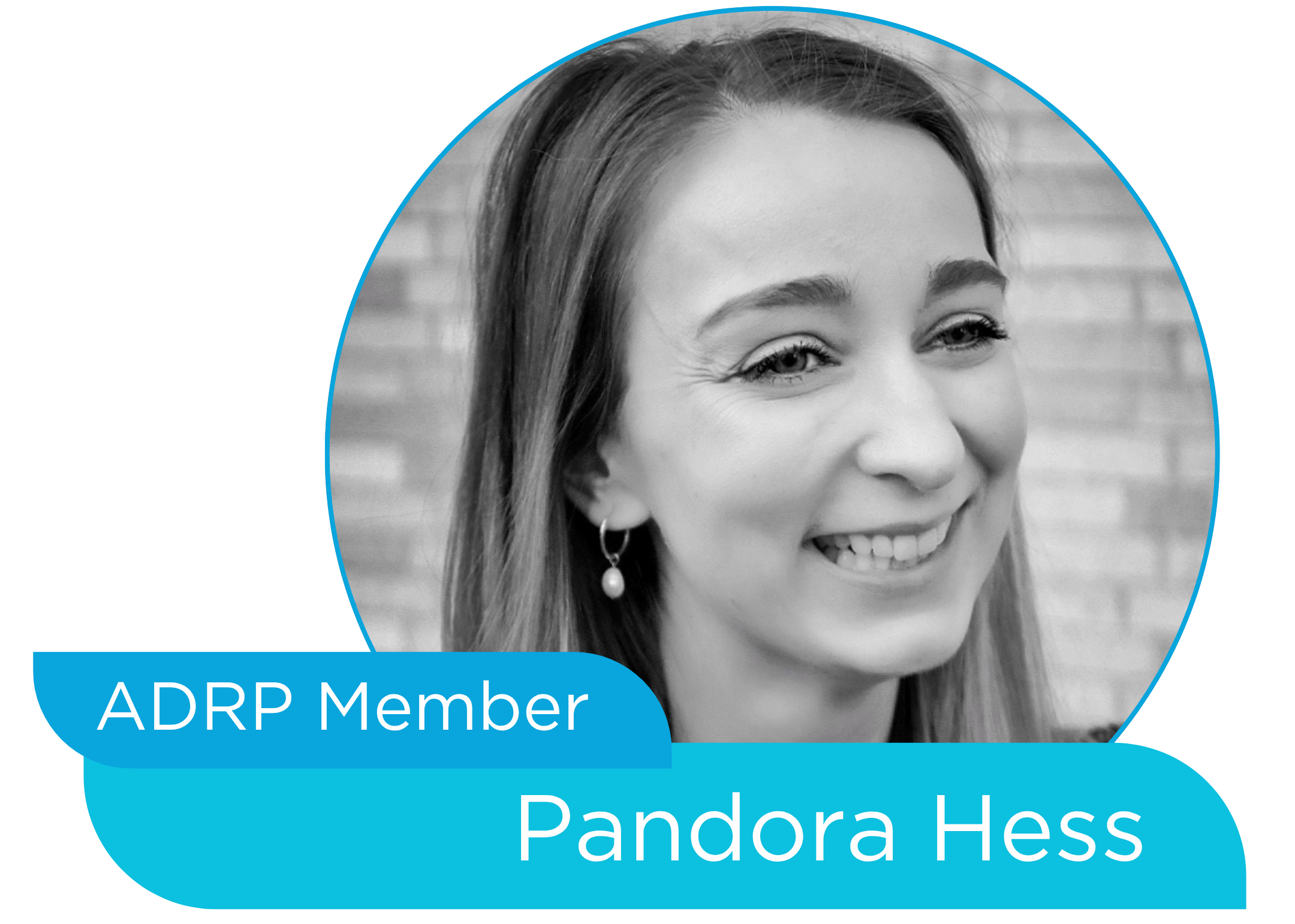 Pandora Hess
Pandora Hess
Associate Director, Donor Experience & Engagement
Dana-Farber Cancer Institute
Background Info:
1. Can you tell us about your career trajectory? How did you come into donor relations as a career?
Although I have only been in donor relations in an official capacity for the last seven years, I have been actively practicing donor relations my entire career! I began as a museum curator at a preservation organization and, as with many small non-profits, I wore many (read: a teetering stack) of hats, including leading a special-interest donor group, writing content-rich donor communications, delivering behind-the-scenes experiences to donors, and stewarding gifts to the collection. From there, I co-led the program that strategically stewarded the Harvard Art Museums’ highest-level donors. Then I switched from museums to healthcare, joining one of the largest philanthropy teams in the country at Dana-Farber Cancer Institute.
2. What influenced your interest in and passion for donor relations?

 “Closing the loop” with your donors ignites flywheel fundraising: Integrating gift acceptance, acknowledgment, fund deployment, and impact reporting into a continuous cycle that reignites donor engagement at each turn gives advancement teams a head start on the next gift.
“Closing the loop” with your donors ignites flywheel fundraising: Integrating gift acceptance, acknowledgment, fund deployment, and impact reporting into a continuous cycle that reignites donor engagement at each turn gives advancement teams a head start on the next gift. Administrative challenges and information silos impede our work: Advancement teams often manage thousands of funds, and information tends to be scattered across various systems. Breakdowns happen, and they have real consequences. Implementing controls and automating processes can help reduce errors, save valuable time, and equip campus-wide stakeholders with valuable information.
Administrative challenges and information silos impede our work: Advancement teams often manage thousands of funds, and information tends to be scattered across various systems. Breakdowns happen, and they have real consequences. Implementing controls and automating processes can help reduce errors, save valuable time, and equip campus-wide stakeholders with valuable information. Create Your “Fund Management Playbook”: When scaling a fund management program from the ground up, consider leveraging a task force or working group and start by creating your “playbook.” Outline everything. Establish fund management standards, monitor fund utilization, keep an annual work plan, schedule regular field and fund audits, and train everyone.
Create Your “Fund Management Playbook”: When scaling a fund management program from the ground up, consider leveraging a task force or working group and start by creating your “playbook.” Outline everything. Establish fund management standards, monitor fund utilization, keep an annual work plan, schedule regular field and fund audits, and train everyone.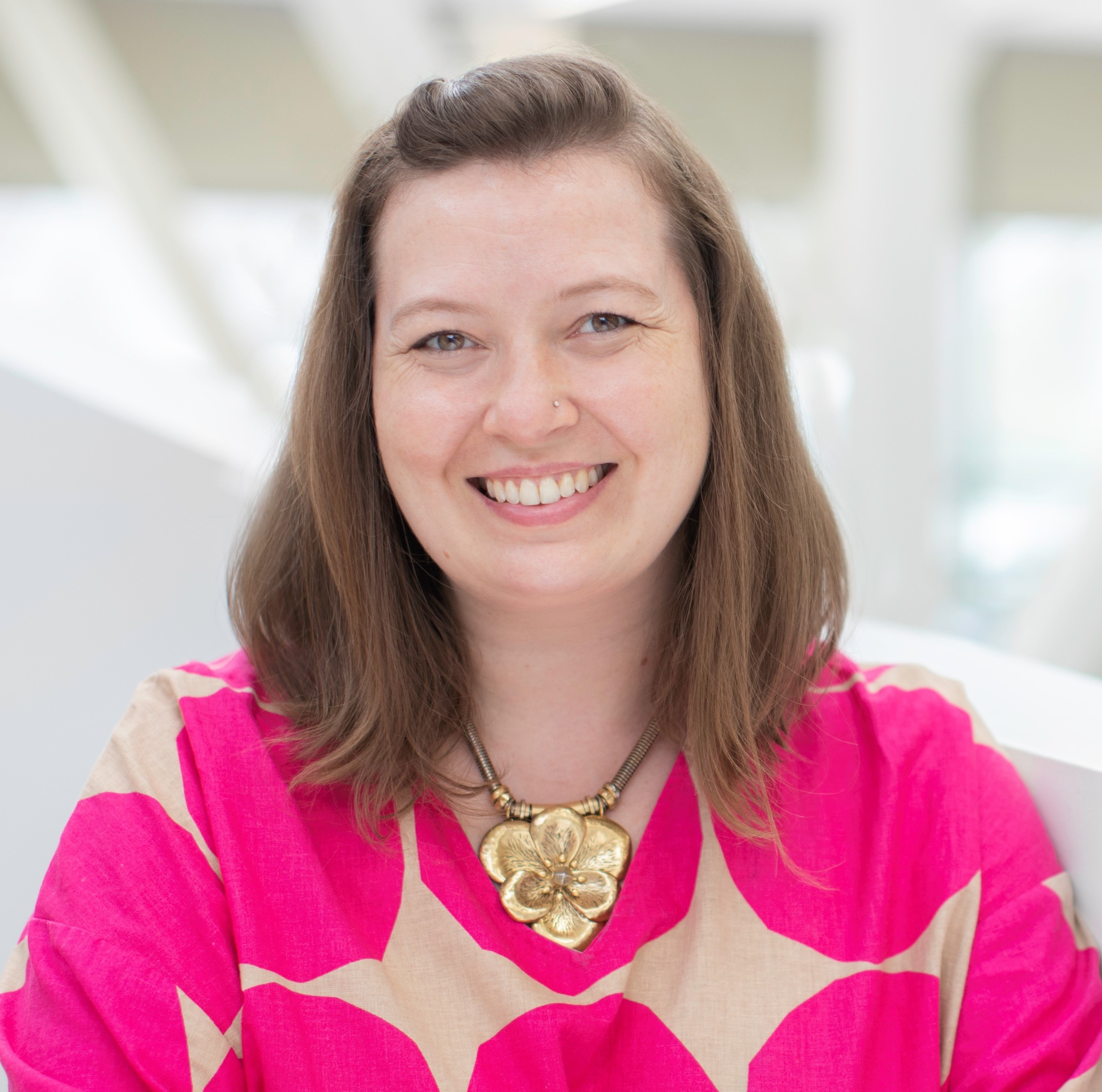 Marian Johnson
Marian Johnson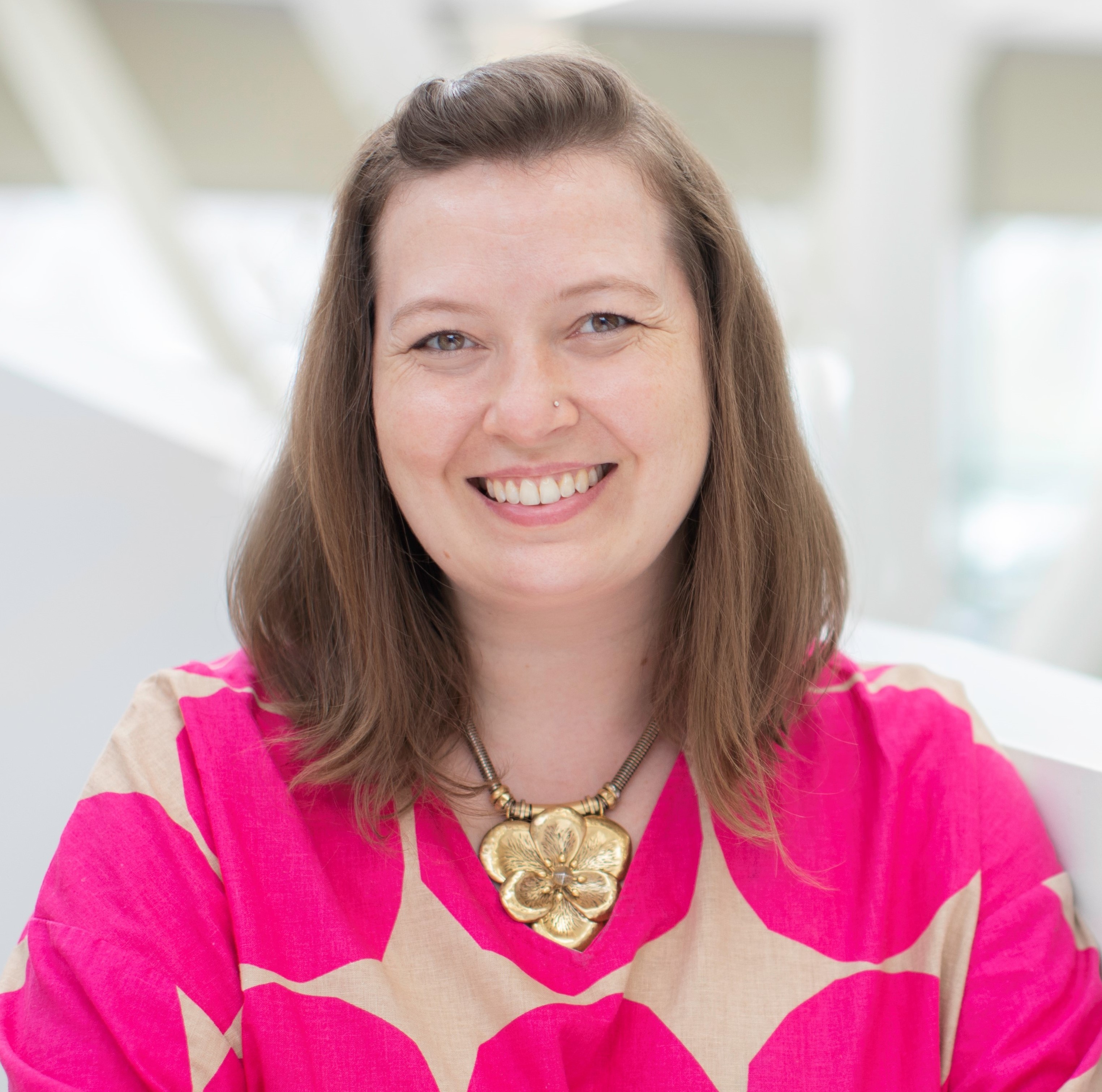 Marian Johnson
Marian Johnson1. When did you become an ADRP member?
Stephanie Lamphere, Co-Chair, Empire State University
Cheryl Lintner, Co-Chair, Hackensack Meridian Health Foundation
“The ADRP NEMA Regional was a terrific occasion to network and learn from donor relations professionals from all over the Northeast.”
- Shannon Dowling, UConn Foundation Inc.
 Marian Johnson
Marian Johnson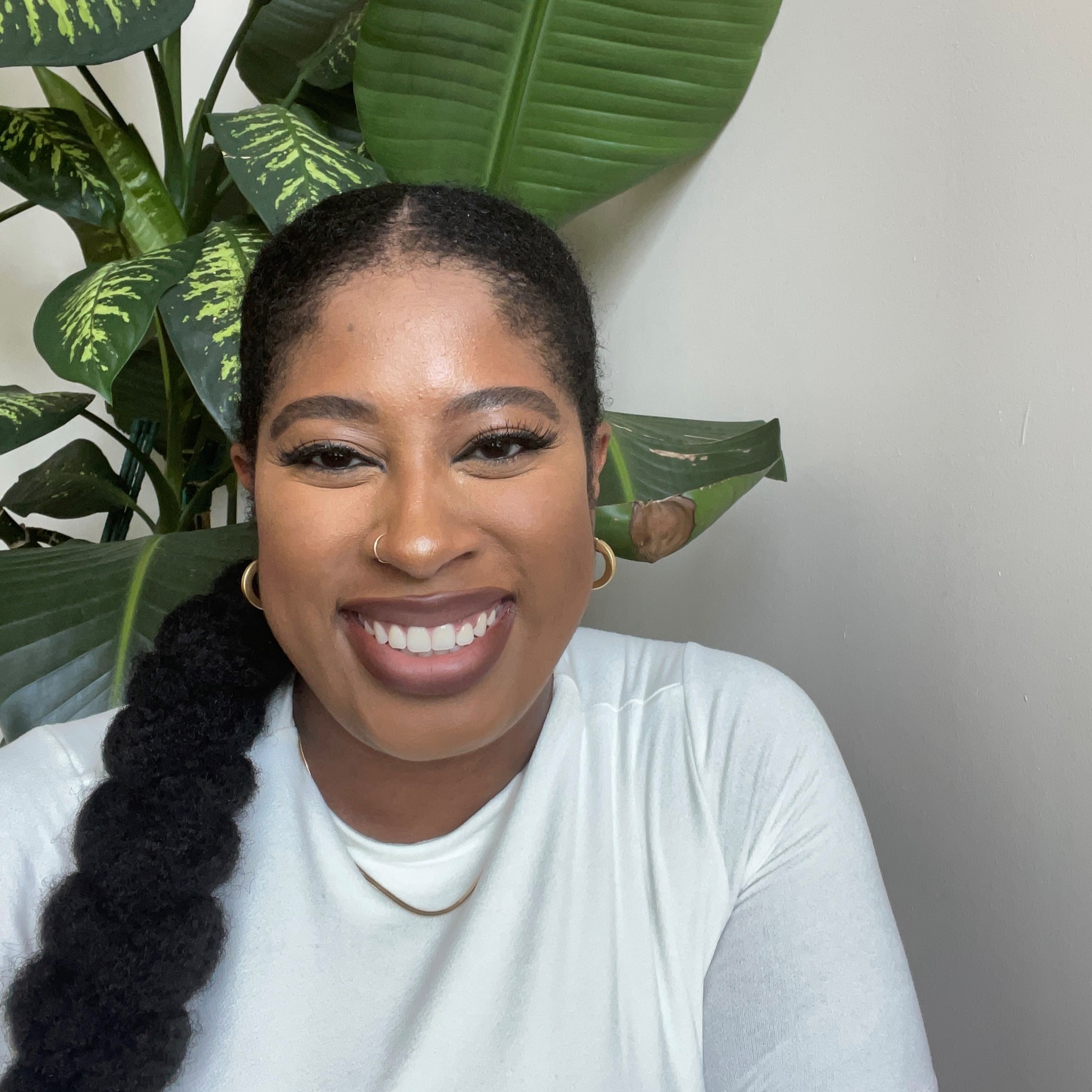 Bridgette Jordan
Bridgette JordanScott Eichinger 
2024-2025 ADRP President
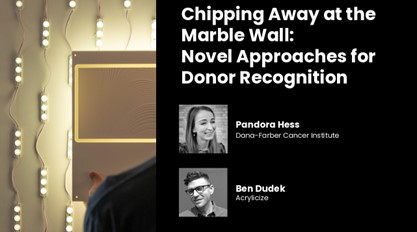
As the leading resource for donor relations professionals, ADRP offers new and innovative ideas for pushing the bounds of what is possible in the field. With that in mind, my co-presenter, designer Ben Dudek, and I felt compelled to share a bold new project in which we reimagined the very concept of a donor wall.
Rather than simply sharing the story of the project, our webinar goal was to develop a set of universally applicable models and tools to help attendees reconceptualize donor walls at their own organizations, regardless of budget or size of shop. We set out strategies for thoughtfully incorporating diverse perspectives from the outset of a project to ensure an inclusive design that resonates with all. We also shared insights on courting key stakeholders, securing their buy-in to set an innovative concept on the path to success.
Ben specializes in designing bespoke art installations and is a trained architect, so he was uniquely positioned to talk about the design challenges of making a list of donor names engaging and inspiring, and the intricacies of design strategies for annual updates. Meanwhile, as a donor relations practitioner with a background in museums and degrees in art history, I speak both “languages” and could translate design concepts into the day-to-day reality of a philanthropy office.
It was enormously gratifying to enter in a lively dialogue with webinar attendees following the session. Breaking away from the traditional donor recognition wall format is an ambition shared by colleagues at organizations across the board. We were able to offer an open invitation to come to Boston to visit our newly installed project, which we extend to you too!
The ADRP webinar series is a professional development member benefit that enhances skills, knowledge, and job satisfaction, leading to career advancement and increased productivity. In its 15th full year of programming, ADRP is proud to bring monthly webinars to our members throughout 2025. Consult the schedule and be sure to register early, as webinars often sell out.